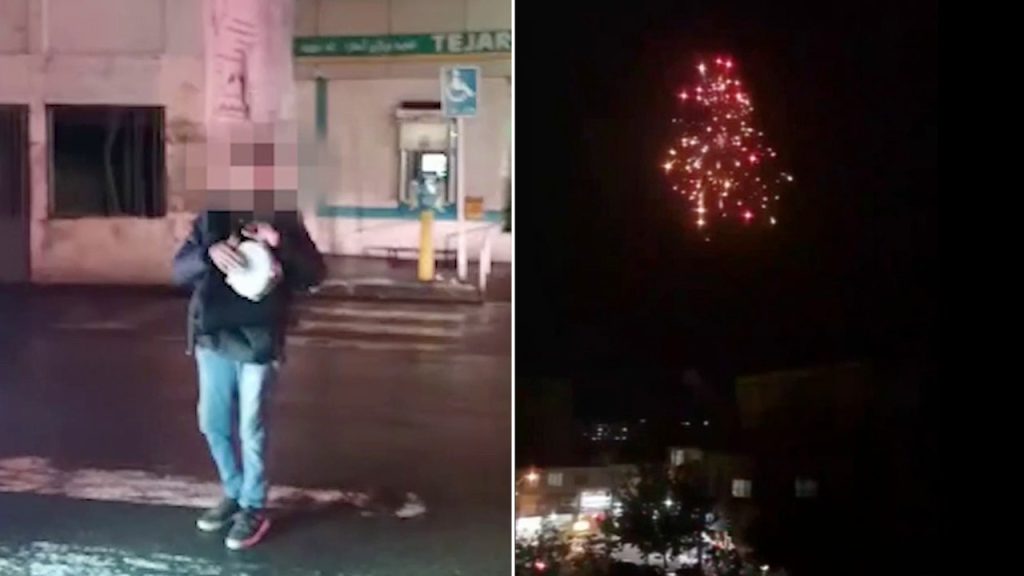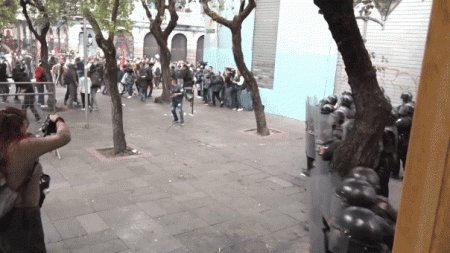Opponents of the Iranian regime celebrated President Ebrahim Raisi’s death in the streets after he died in a helicopter crash along with other officials. The video showed Iranians launching fireworks, passing out sweets, and cheering in response to the news of his death. The National Council of Resistance of Iran welcomed the news, stating that the reaction highlighted the deep detestation and revulsion many Iranians felt towards Raisi, who was seen as a symbol of brutal repression.
Critics of the Iranian theocracy condemned the United Nations after it lowered its flag to half-staff in honor of Raisi, referring to him as a “mass murderer.” Raisi was accused of being authoritarian and responsible for leading a crackdown on protests as well as orchestrating mass executions, including the 1988 massacre of 30,000 political prisoners. Despite thousands of mourners attending state-sponsored funeral ceremonies for Raisi, many viewed his death as a moment of long-awaited justice, albeit incomplete, especially for the families affected by his actions.
Following Raisi’s death, a heavy security presence was observed in Tehran, with prosecutors warning against public displays of celebration. Mourners in Iran participated in funeral processions and ceremonies for Raisi and the other officials killed in the helicopter crash. The bodies were transported through cities like Tabriz and Qom, with people paying their respects by throwing flowers and wailing. A funeral service led by Ayatollah Khamenei is scheduled for Wednesday as the nation mourns the loss of its president.
The U.N. held a moment of silence for Raisi, referred to as the “Butcher of Tehran,” at the request of certain member states, drawing criticism from human rights activists and Iranian opposition leaders. They expressed disappointment in Western governments that expressed grief over Raisi’s death, calling it a betrayal of justice and human rights values. Instead of mourning a despised figure, activists urged these governments to support the Iranian people’s quest for justice and hold remaining regime leaders, including Supreme Leader Khamenei, accountable for their crimes against humanity and acts of genocide.
The impact of Raisi’s death is significant for Iran, with mourning ceremonies and expressions of grief taking place across the country. While some mourners pay their respects to the deceased president, others, including opposition groups and human rights activists, see his death as a potential for change and liberation from the repressive regime. The ongoing tension between those who support the regime and those who oppose it is evident in the differing reactions to Raisi’s passing and the international response to his death.
In the midst of mourning and celebration, the future of Iran remains uncertain as an acting president is appointed in place of Raisi. The legacy of Raisi, seen by many as a symbol of brutality and repression, continues to cast a shadow over the nation. Calls for justice, accountability, and solidarity with the Iranian people persist as the country navigates a complex political landscape following the death of its controversial leader. The events surrounding Raisi’s death underscore the deep divisions and challenges facing Iran as it grapples with its past and looks towards an uncertain future.













